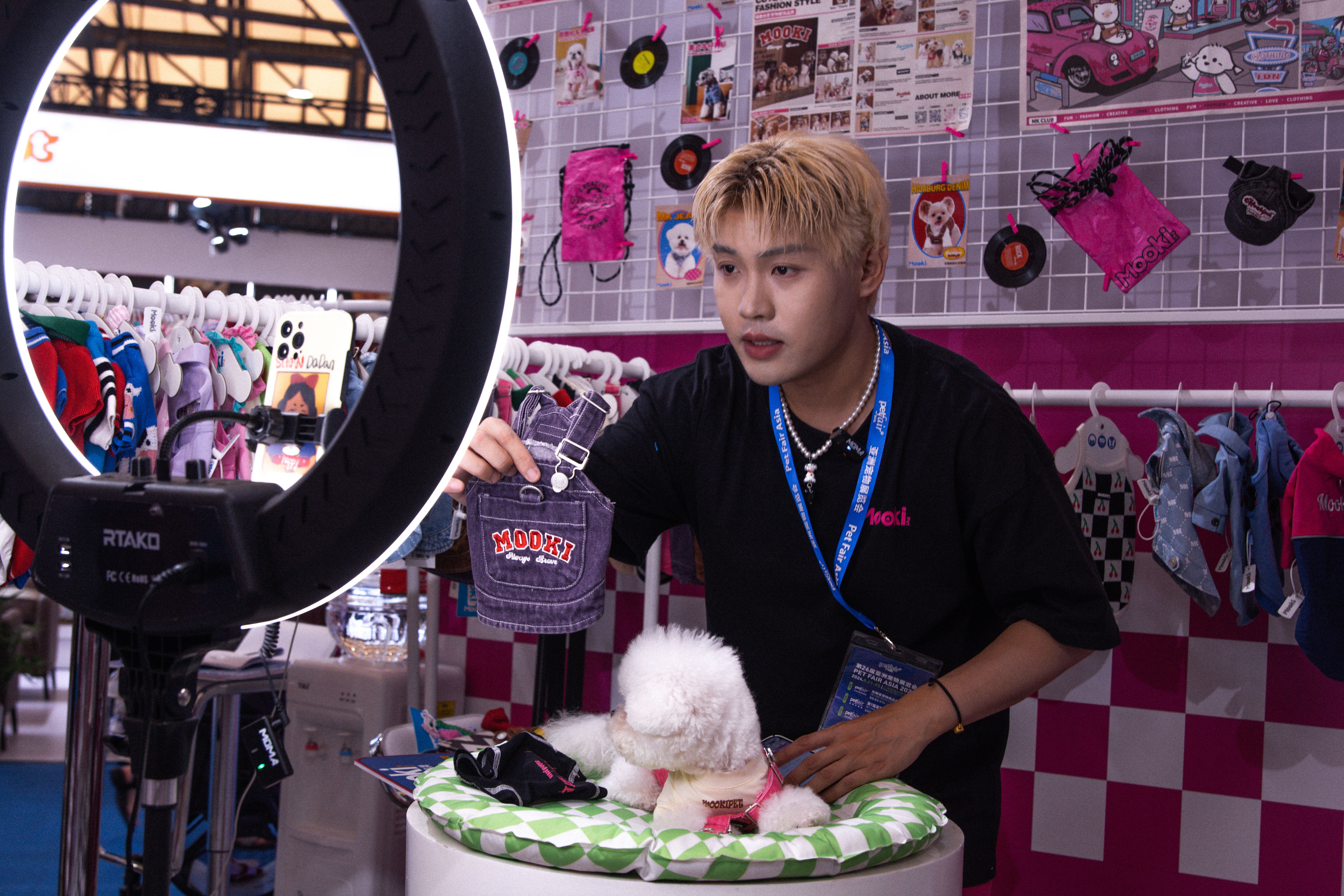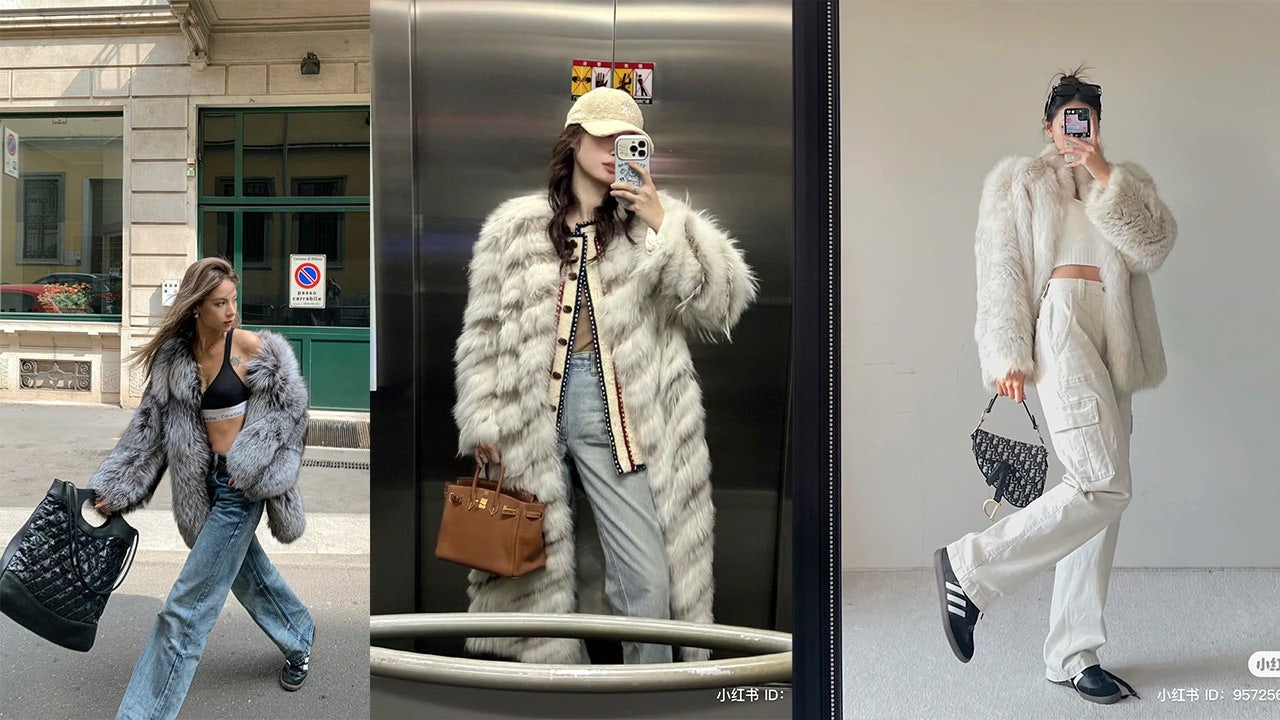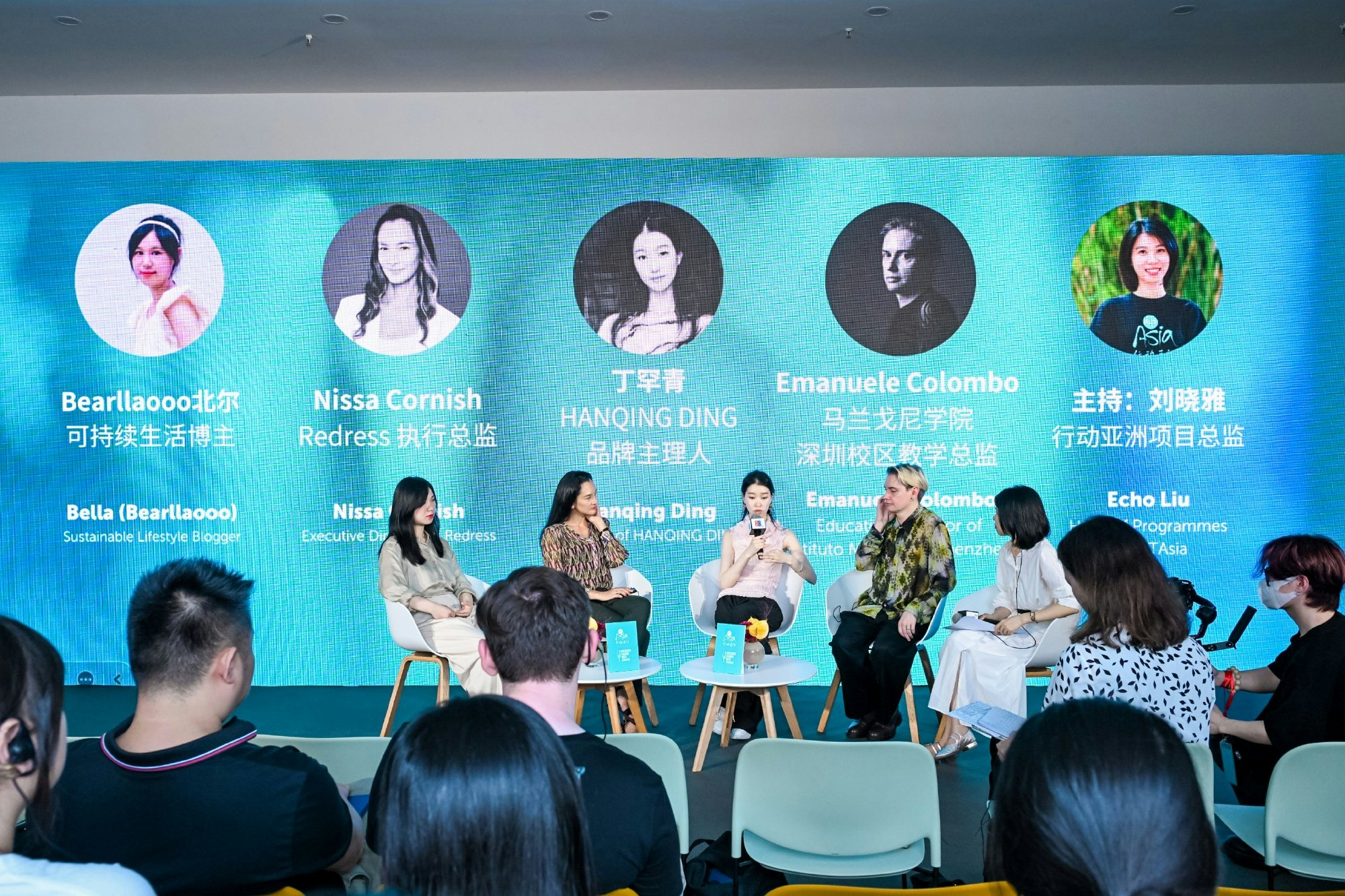Fashion
Is Xiaohongshu fueling Gen Z’s fast fashion obsession?

The flawless algorithm-curated outfit inspiration flooding Xiaohongshu puts Instagram to shame. Otherwise known as Little Red Book (Red), the platform has taken the form of a visually delicious magazine run by consumers since launching in 2013. It’s the easiest place to spot fashion trends emerging in the mainland.
From “gorpcore” (31.2 million views) to “Asian Baby Girl” (14.1 million views), all the style subcultures driving Gen Z tastes are prevalent on the platform. Yet, with 190 million monthly active users — 30 percent of whom are under 24 — the rate at which content is being churned out is propelling a rising desire for newness. Cue fast-fashion chaos.
As reported by Chinese community platform PJDaren, Red stands out as the top platform for influencer marketing — it brims with influencers urging consumers to buy clothes and individuals showcasing their purchases. The app directly collaborates with brands and KOLs on limited-edition products. Since March 2023, it has enabled links to Chinese fast-fashion retailer Taobao through open-screen advertisements during promotional holidays.
This follows news of Taobao partnering with WeChat to make shopping between platforms more seamless. Founder of Wai Social, Olivia Plotnick, says, “It’s important to note that while Red influences consumer preferences and directs traffic to e-commerce platforms, it’s just one of many factors contributing to the success of fast fashion platforms like Taobao.”
She adds, “Taobao has been around for longer than Red and offers an extremely convenient shopping experience, competitive pricing, robust supply chain management, diverse product offerings, effective marketing strategies, and quality customer service.”
Recognized as the world’s biggest online marketplace, it predominantly attracts users under 30 (60 percent), which overlaps with the Red’s user demographic. Famous for its extremely low prices, Taobao stands as the ultimate e-commerce site for curating quick and easy outfits for influencers to post on Red.
The speed at which Chinese consumers shop on Taobao and post on Xiaohongshu is hardly surprising, given China’s pivotal role in global fast fashion.
According to a Money.co.uk report, fashion behemoth Shein has taken over Nike and Adidas as the most-Googled clothing brand globally. Currently aiming for a $90 billion valuation, the Nanjing-born retailer churns out thousands of new clothing styles per day, contributing to an estimated annual carbon dioxide footprint of approximately 6.3 million metric tons.
PDD Holdings-owned Temu, a competitor online marketplace, only entered Europe in April 2023. However, by March 2024, it had already garnered an average of 75 million monthly active users in the continent, according to its website.
China is steering global fast fashion. Therefore, it is of paramount importance that young consumers from the mainland learn about the impact of their purchases.

In a bid to further educate the mainland on the importance of sustainability, Istituto Marangoni Shenzhen has just signed a three-year partnership agreement with the charitable organization ACTAsia, to develop a sustainable fashion curriculum.
“Social media platforms are very much contributing to fast fashion among young Chinese consumers,” charity’s co-founder Pei Su explains to Jing Daily. “It has become so much easier to simply view and immediately buy a piece of clothing online that this can lead to an ever-shorter consumption cycle.”
Consumers want to replicate the outfits that they see on Xiaohongshu and share their own photos to keep up with online trends. Consequently, e-commerce platforms such as Taobao, offering affordable prices and swift delivery, hold considerable appeal.
Despite Gen Z being known as the most eco-conscious of all demographics thus far, Plotnick says that, like in the West, the level of concern in China is dependent on several factors.
“Certain groups in China, particularly young, well-educated urban consumers, demonstrate an increasing awareness of environmental issues and sustainable development,” she says. “The level of concern among ordinary Chinese consumers regarding sustainable shopping varies based on factors such as age, education, income level, and urbanization.”
But with the nation prioritizing efficiency and business growth over sustainability in its quest to become an economic superpower, environmentally conscious consumerism can be difficult to promote. Furthermore, China’s blurring of high- and low-end fashion is becoming increasingly evident. Real fur, for example, is being sold as part of fast fashion.
Pei explains that in China, malls are built specifically for low-priced fur products, with garments made from Chinese-farmed animals.
“Imported fur garments from North American and European markets will be sold as high-end, expensive products. Animal fur is used as a liner inside a full-length down jacket for a mere 200 RMB ($27.62) to 300 RMB ($41.43),” says Pei.
Fur farming has been banned in England since 2000, but there is still no federal law against it in the US, or Europe as a whole. Nevertheless, most major luxury houses have banned fur, including Gucci, Burberry, Armani, Prada, and Stella McCartney. While much of the rest of the world moves towards discontinuing fur altogether, China is finding ways to make it cheaper.
As part of this year’s Shenzhen Fashion Week (SZFW), ACTAsia’s forum featured renowned speakers talking about the ethical issues of fur production, its environmental impact, and the importance of shopping with environmental-concern in mind.

“There is definitely a need for more education on sustainable fashion in China,” Pei says. “We need to let consumers understand sustainable fashion is not a marketing slogan or ethical argument.”
Just like how TikTok and Instagram are fueling rapid consumerism, Xiaohongshu is one of the major forces influencing Gen Z’s shopping habits. Whether or not domestic retailers and brands start utilizing the reach of this platform to create positive change is another story. Hopefully, the rise of “quiet luxury” will contribute to slower fashion, while improved education, thanks to more classes and seminars, will foster a mindset shift towards conscious consumption.

:quality(85):upscale()/2024/05/02/960/n/49352476/2e20d2d666340dbdcb3db2.43952481_.png)







